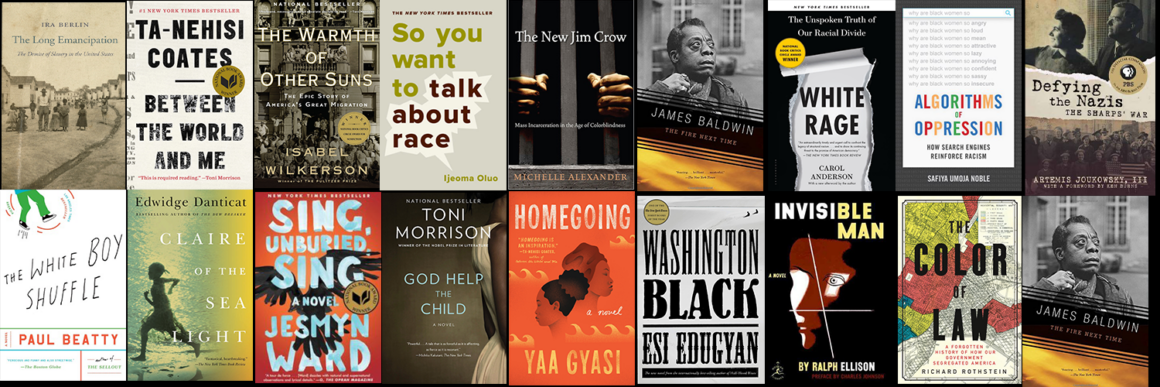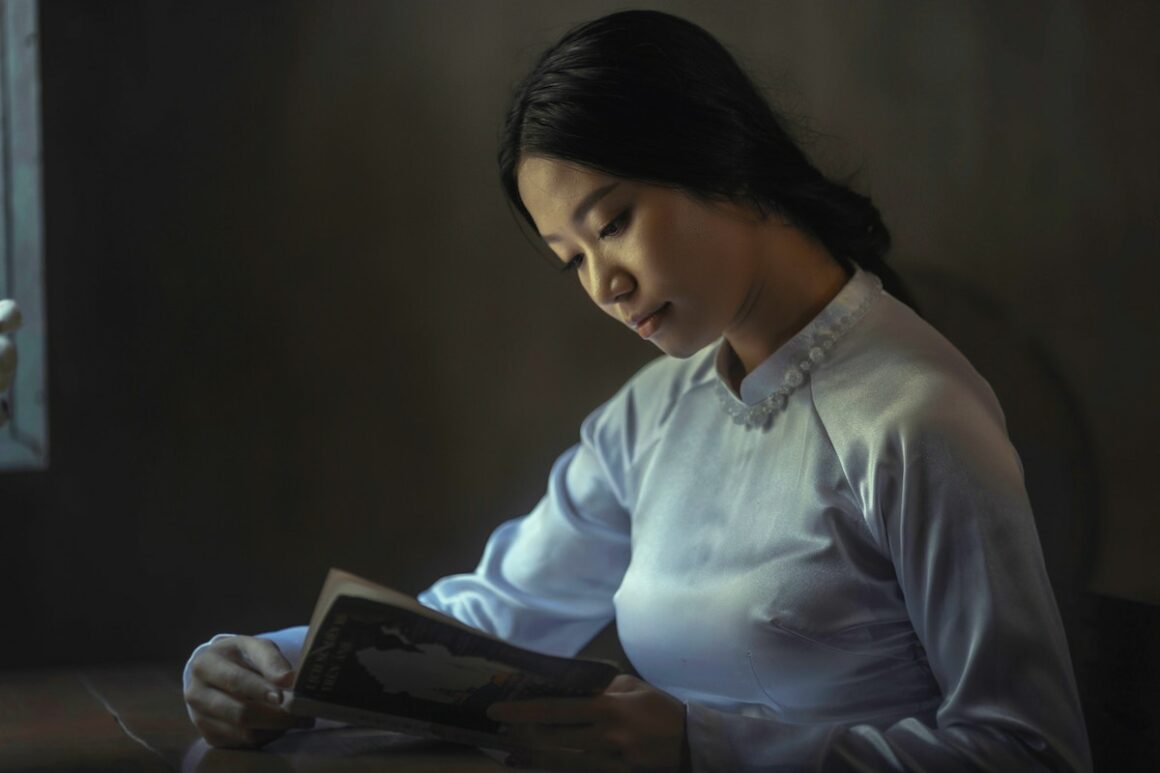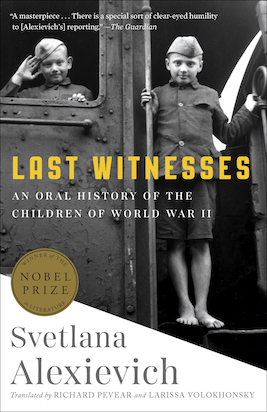Diane Chamberlain writes compelling fiction that features young female protagonists striving to prevail in a world that proves to be hostile towards them for reasons that are revealed as the stories progress. Her novels captivate the reader as secrets from the past and mysteries of the heart gradually come to light. The author seamlessly immerses the reader into the time and place of the stories. In two of the novels, The Silent Sister and Pretending to Dance, the women must confront a painful past that reveals even more harrowing family secrets. In her historical fiction novel, The Stolen Marriage, protagonist Tess DeMello faces the consequences of one indiscretion that capsizes the well-planned life she once had. Chamberlain’s characters are realistic, deep, and relatable, and her lyrical prose and vivid settings draw the reader into her intriguing stories
In The Stolen Marriage, Tess DeMello is a nursing student from Baltimore’s Little Italy neighborhood in the early 1940s. She is engaged to her childhood sweetheart, Vincent, a medical school student. Her almost idyllic life takes a drastic turn when she and her best friend take a weekend trip to Washington, D.C. while Vincent is away. She ends up, after too many drinks, spending the night with a stranger. Wracked by guilt and agonizing over whether to confess to Vincent, she soon learns she is pregnant by the stranger. Fast forward a few months later, and Tess finds herself married to this “stranger,” wealthy furniture manufacturer Henry Kraft, from Hickory, North Carolina. The adjustment is a difficult one, made all the more painful by the reception she receives in her new environment: “Outside the Kraft house, I felt conspicuous. Once I took a cab into town while Henry was at work, wanting to get to know Hickory better. I walked past the shops and restaurants, learning my way around, and I felt as though the gaze of everyone I encountered was on the middle of my body.”
Tess strives to adjust to her new life and focus on the life growing inside her. She finds acceptance difficult as Henry’s family and friends resent her and disapprove of her: “My dark looks had fit in perfectly in Little Italy, but here they set me apart, as though I needed anything else to make me feel like a stranger in Hickory.”
Never one to wallow and fade into the background, the resilient Tess takes her nursing exams against her husband’s objections. Now equipped with a nursing license, to her frustration, husband Henry forbids her from working. Henry treats her “kindly but not warmly, the way you’d treat a stray cat you came across from time to time.” In an event reminiscent of the current Corona Covid-19 pandemic, polio spreads in Hickory, North Carolina, and the author places the reader squarely in the center of officials coming together to build, outfit and staff Hickory Emergency Infantile Paralysis Hospital in fifty-four hours. Chamberlain deftly personalizes the situation as she fleshes out the characters’ stories as they relate to the makeshift hospital and its efforts.
In The Silent Sister and Pretending to Dance, Chamberlain portrays two young protagonists searching for solutions to present-day dilemmas, and they must delve into their family histories to do so. As Tess’ impending motherhood looms over the story in The Stolen Marriage, motherhood is a prevailing theme in these two novels.
In Pretending to Dance, the past that Molly Arnett left behind as a teenager on Morrison Ridge in North Carolina disturbs and informs her present dilemma as she and her husband struggle to adopt a child. Her own untraditional parentage affects the woman she is today. As she reflects, “My past is in my way … a roadblock, holding me back, keeping me from moving forward. I have no idea how to make it go away.” Aside from occasional contact with a cousin, she severed ties with her family more than twenty years ago. As she and her husband agonize through the ups and downs of the adoption process, she reflects on her childhood on Morrison Ridge, a rural area in North Carolina where Molly and extended family all had homes. The novel switches points of view between the current Molly and the teenaged Molly.
The mysterious reason for Molly’s self-imposed exile from her family unfolds at a deliberative pace that builds gradually as we get to know the characters. The reader experiences Molly’s coming-of-age journey right along with her as she wrestles with normal teenage milestones while helping to care for her beloved father who suffers with multiple sclerosis. We suffer through her angst of first love with an older boy simply using her: “Panic filled my chest. I knew I was losing something. Something I’d never had to begin with.” Her bond with her wheelchair-bound father runs deep, deeper than the bond with her stern, hard-working pharmacist mom.
In present time, now that Molly is on the verge of becoming a parent herself, she finds herself willing to reconcile her past and pay a visit to the people and place that made up her childhood.
Like Molly in Pretending to Dance, Riley McPherson is a young woman returning to her childhood home in The Silent Sister. Unlike Molly, Riley is not estranged from her family. She returns to New Bern, North Carolina, after her father’s death and uncovers a deep family mystery involving her older sister thought to have committed suicide. Riley’s relentless delving into the past sheds light on much of her and troubled older brother Danny’s upbringing.
Like Pretending to Dance, the narrative is divided between Riley and her presumed dead older sister, Lisa. Riley sifts through old photographs of gifted violinist Lisa and tries to understand what really happened: “What was it that caused her to break apart? That conductor—had he demanded perfection of her? Had my parents? Had the fame been too much for her?”
As Riley labors to straighten out her father’s affairs, she winds up immersing herself into old family secrets that shake her whole foundation. We know Lisa and Riley’s narrative will merge at one point, and Chamberlain keeps the reader completely engaged as we uncover and unravel the characters and events.
The three novels covered in this author study, while sharing similar traits and themes, all offer the reader fresh, original character and plotlines. The writing is clear, seamless, and easy to read, but the impact is deep and substantial. I look forwarding to reading more from this prolific author.






2 comments
This is not a genre that I’ve ever read, but your review of these books makes we want to read one of them.
I have read all of Diane Chamberlain’s novels and have loved each one. She is an incredible talent and a sweet and warm person. Have been to several of her book signings and luncheons. One of my most favorite authors!